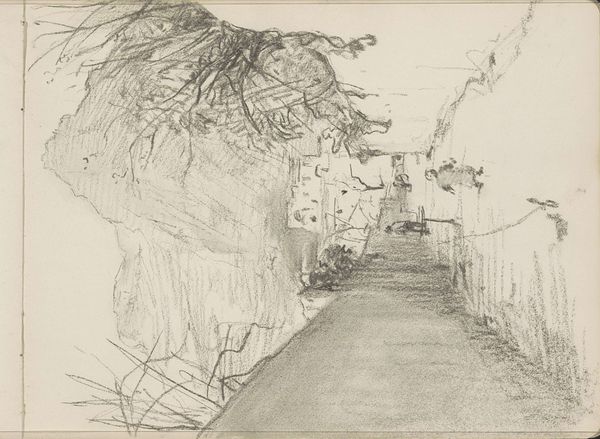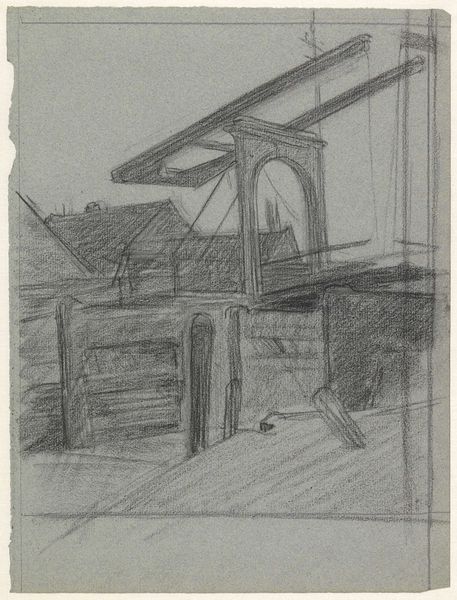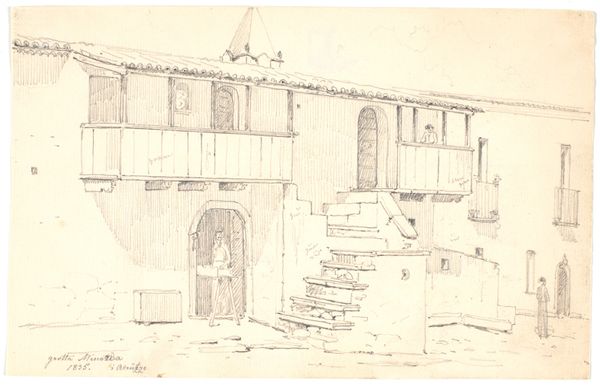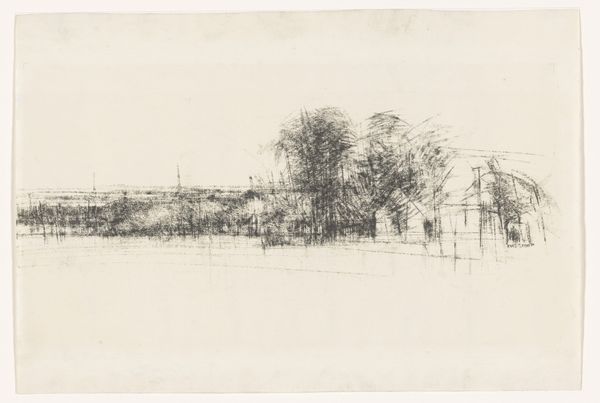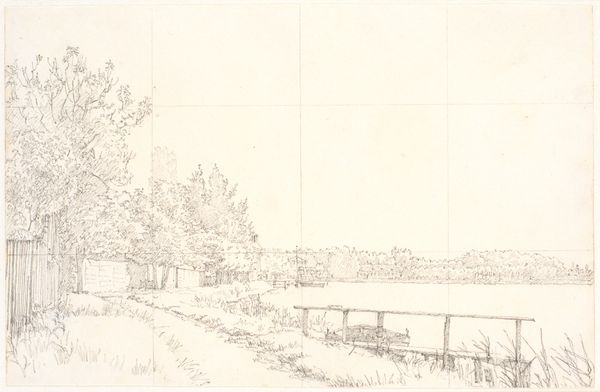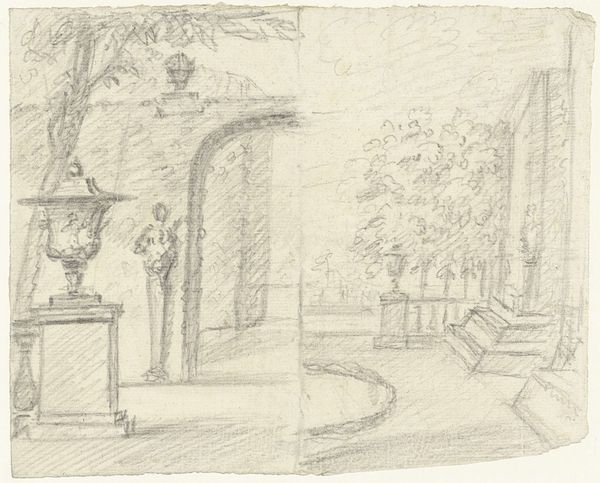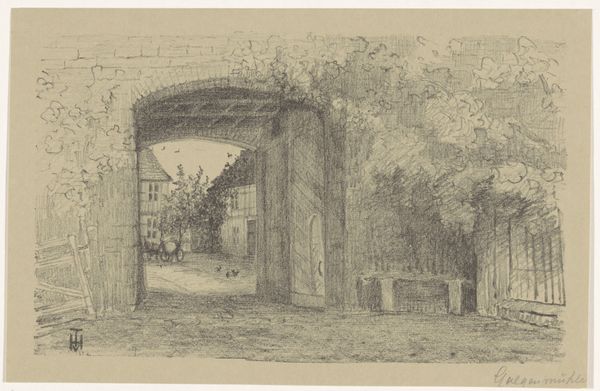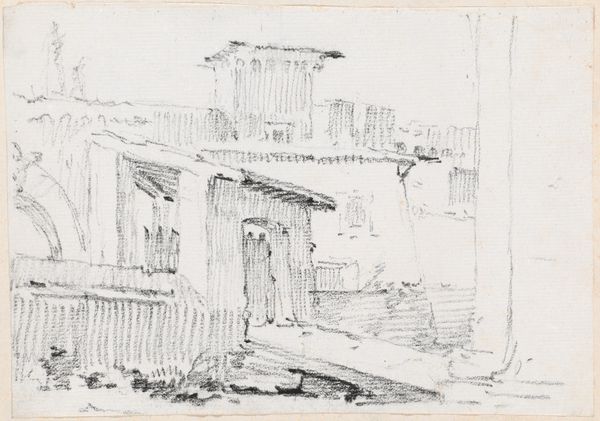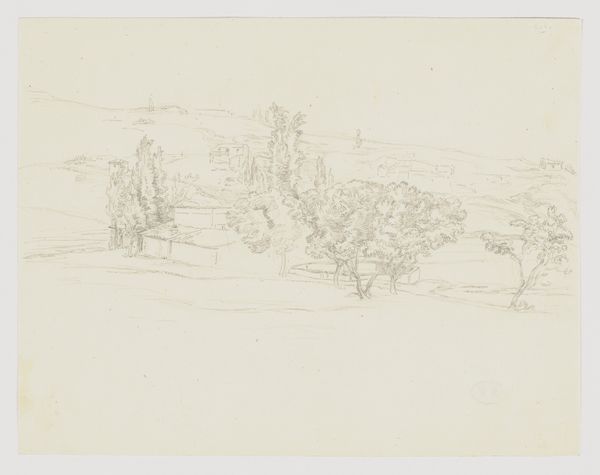
Copyright: Public Domain
Friedrich Wilhelm Ludwig created this graphite drawing depicting the Laubengang der Casa Zanetti in Perugia. The image is dominated by the motif of the vine, a symbol deeply intertwined with themes of abundance, fertility, and transformation. Consider the Dionysian festivals of ancient Greece, where the vine was celebrated as a symbol of ecstasy and liberation. This motif reappears throughout art history, from ancient Roman mosaics depicting Bacchus to Renaissance paintings of the grape harvest. The vine’s tendrils, reaching and grasping, mirror our own subconscious desires to connect with the world around us. Over time, the vine has evolved in meaning, sometimes representing earthly pleasures, other times spiritual enlightenment, yet always engaging viewers on a deep, visceral level. The non-linear, cyclical progression of this symbol, and how it has resurfaced and evolved in different historical contexts, is ever-present.
Comments
No comments
Be the first to comment and join the conversation on the ultimate creative platform.

